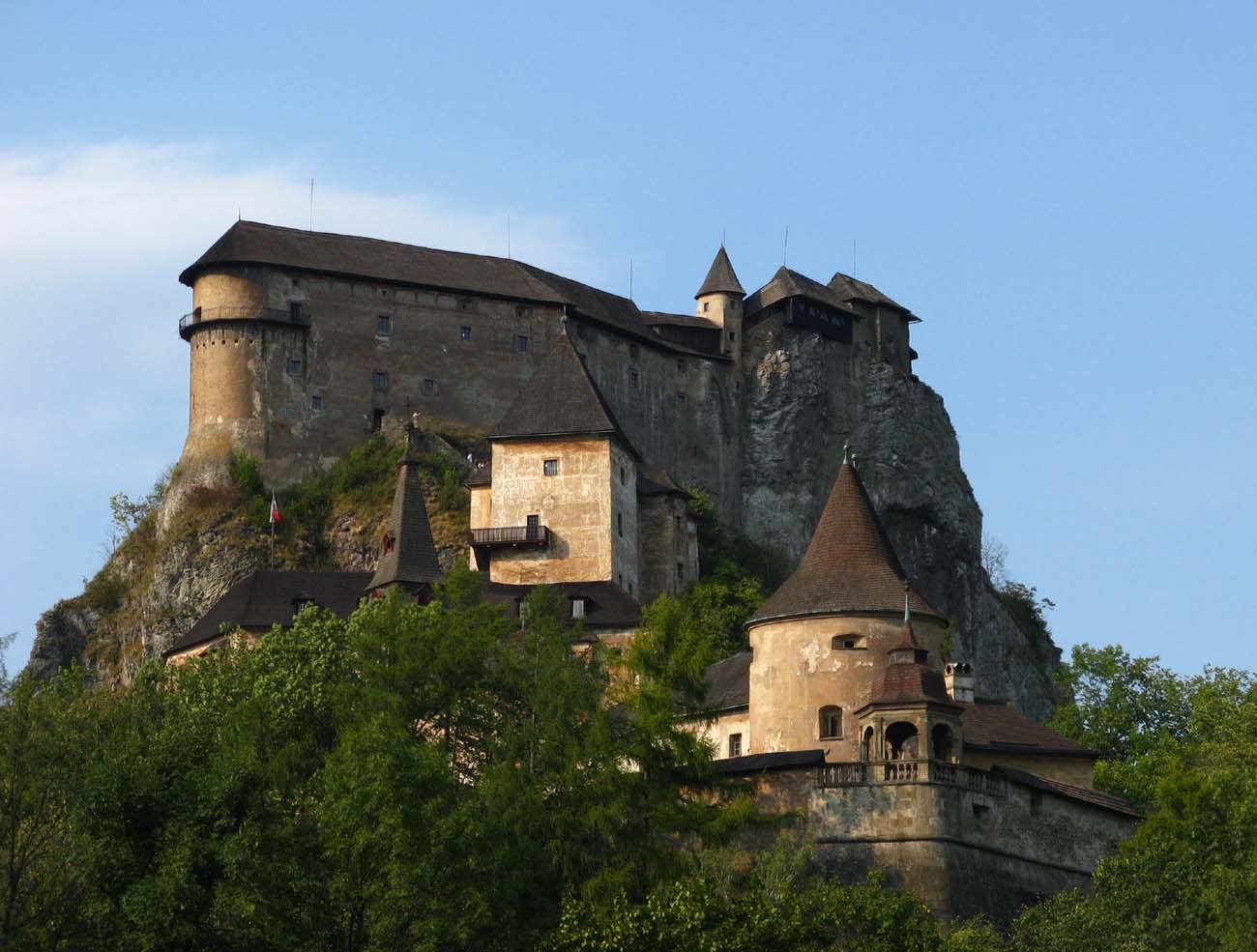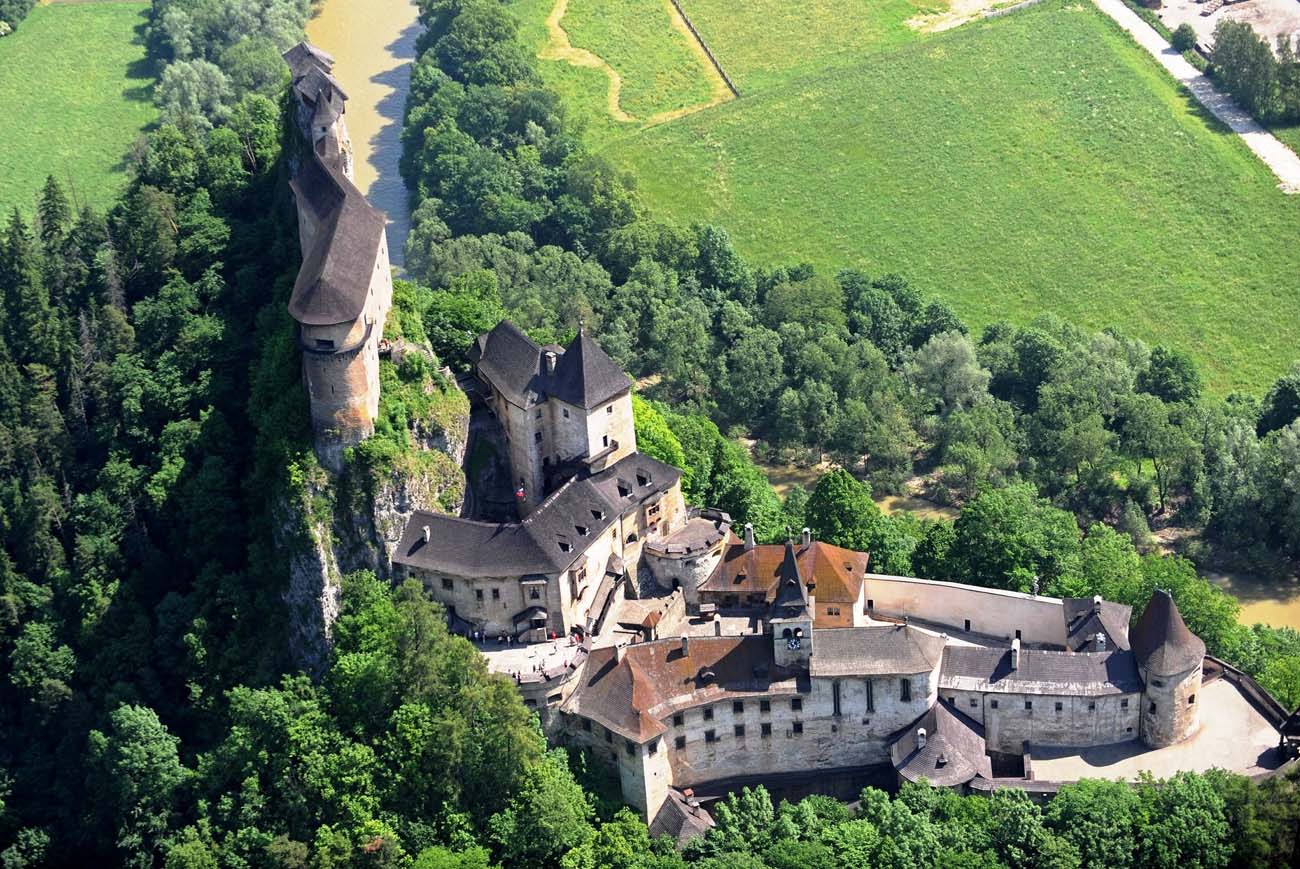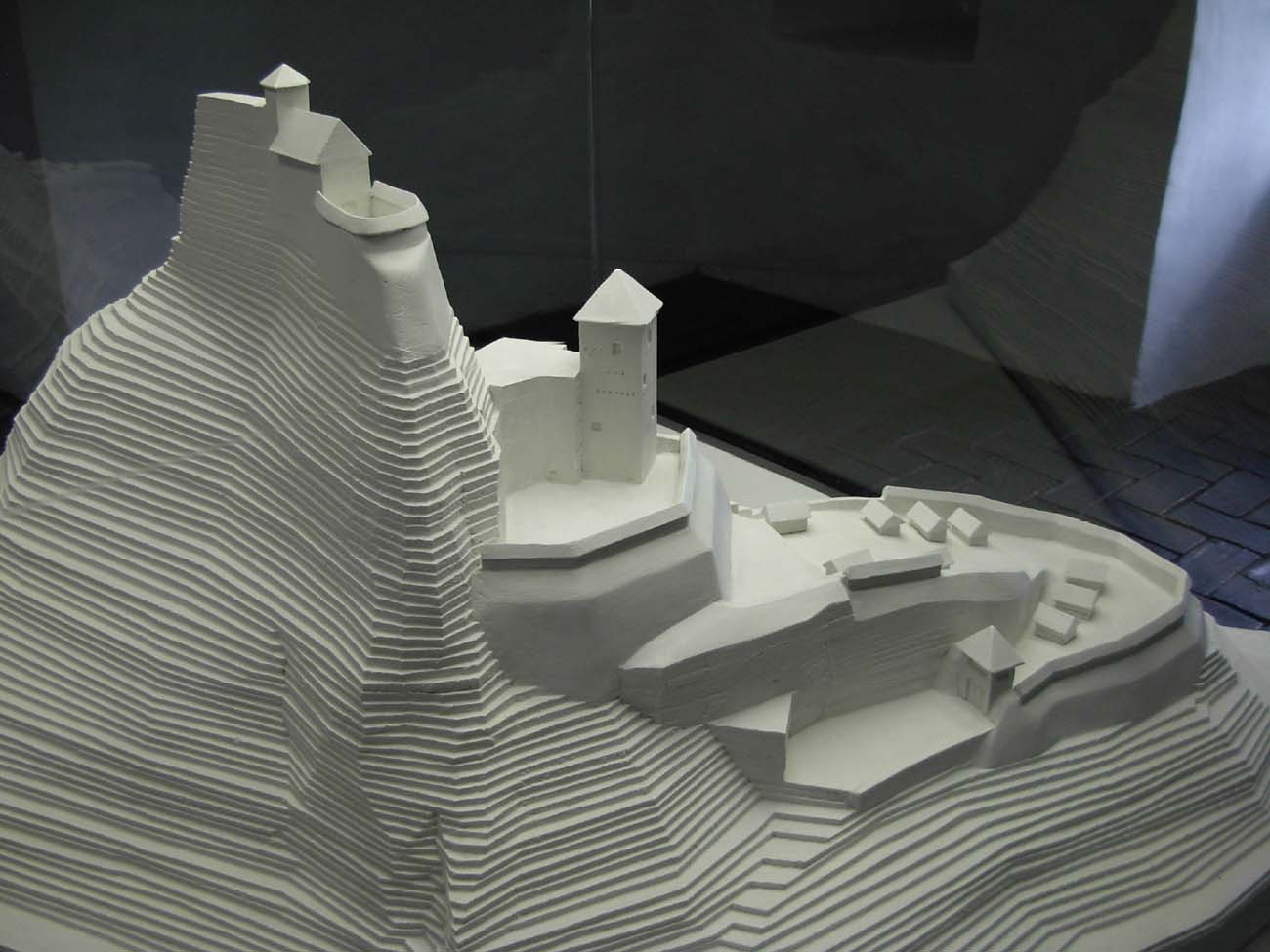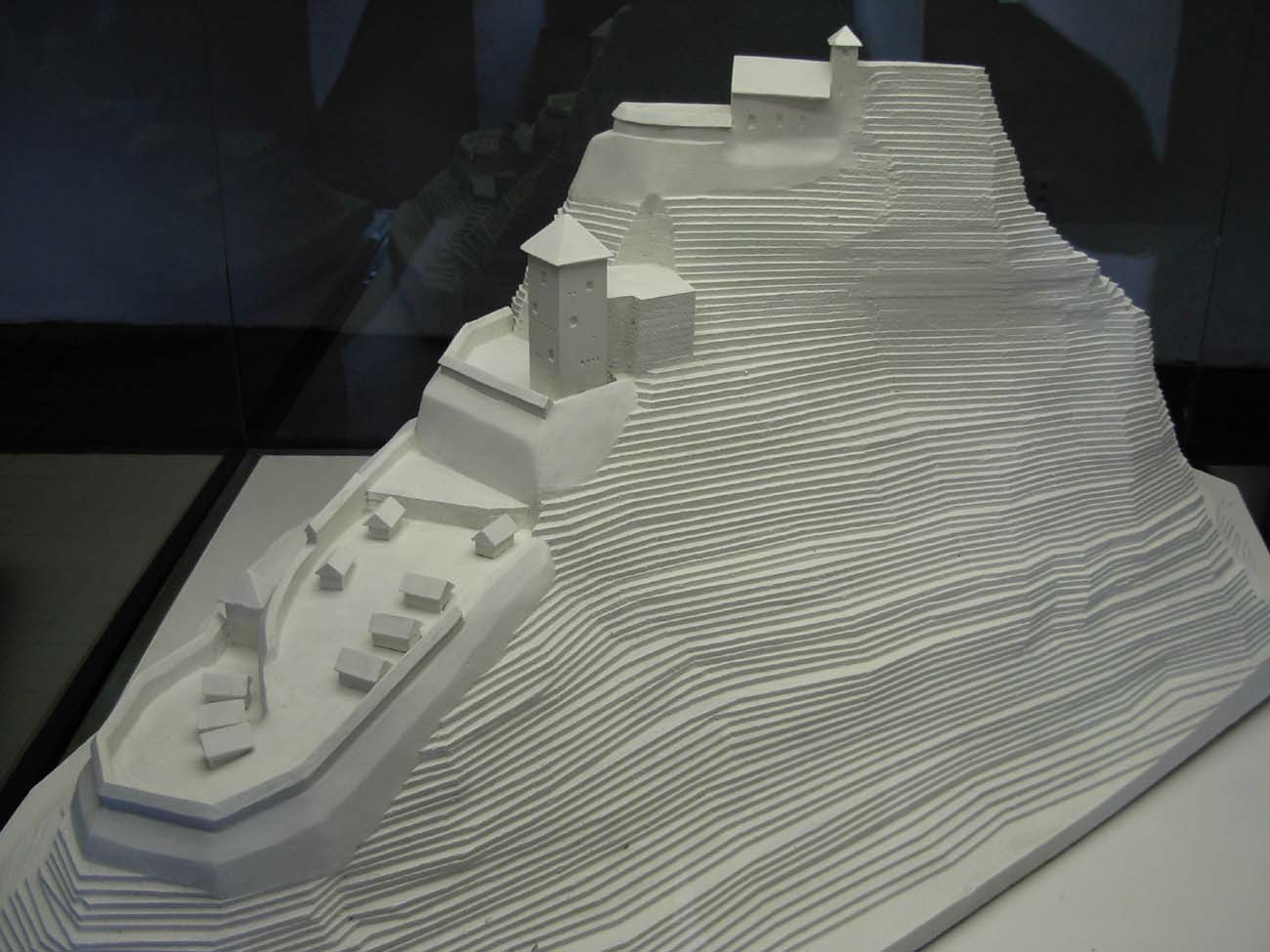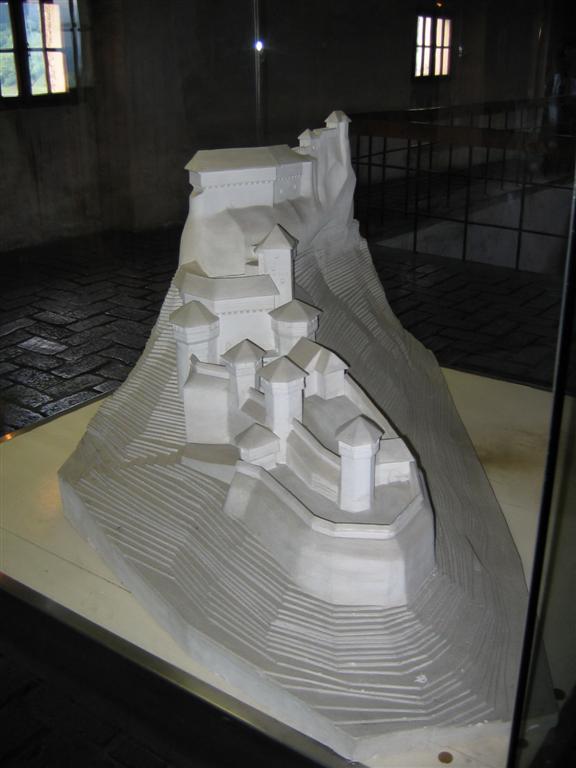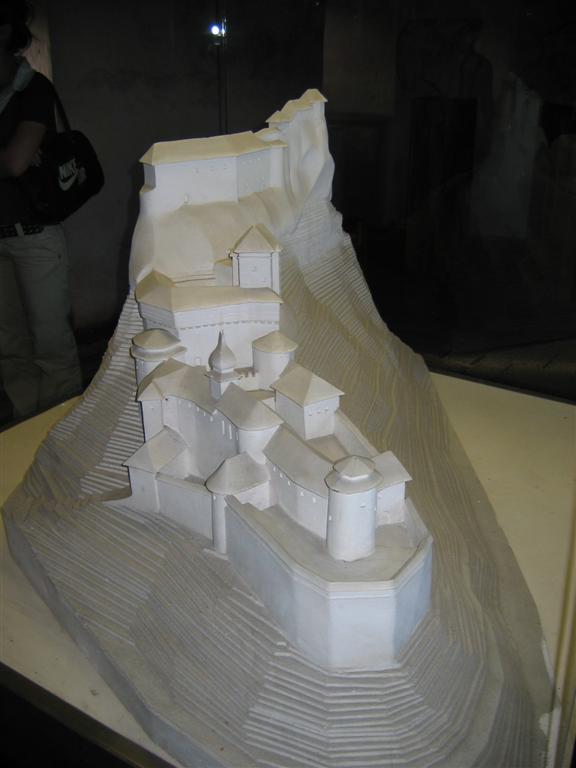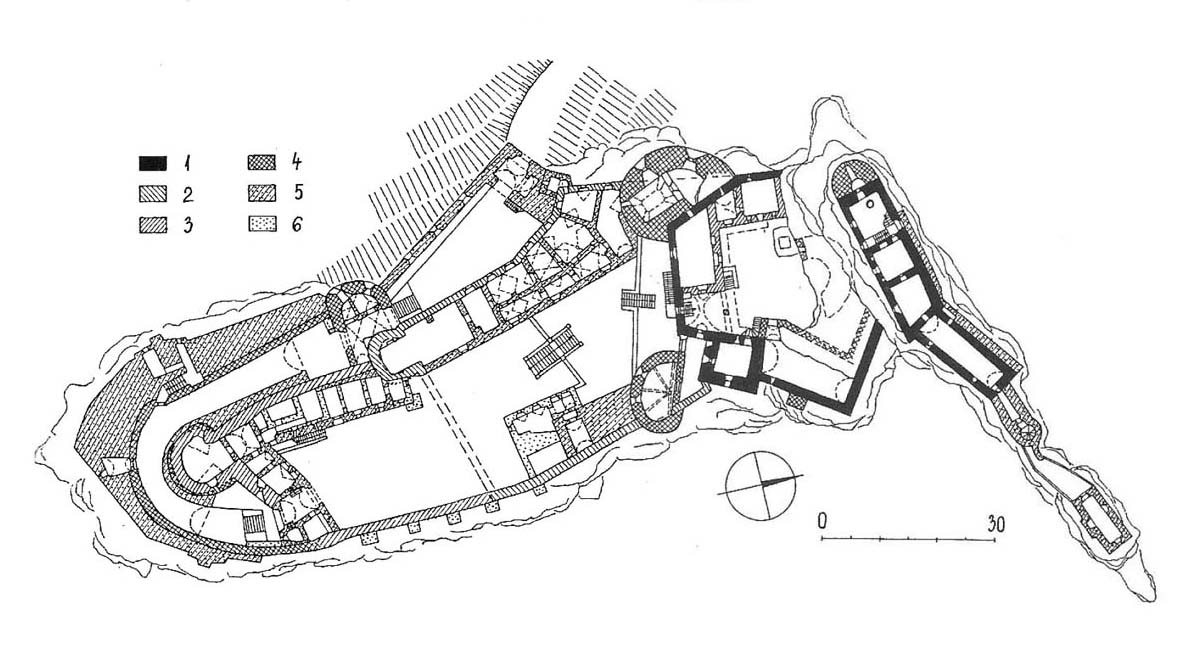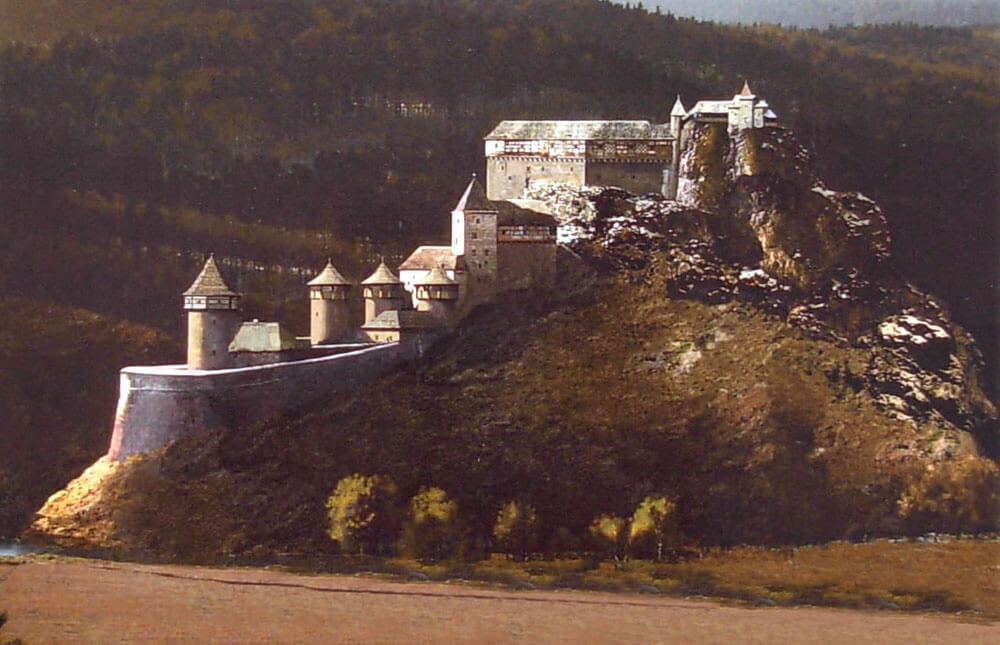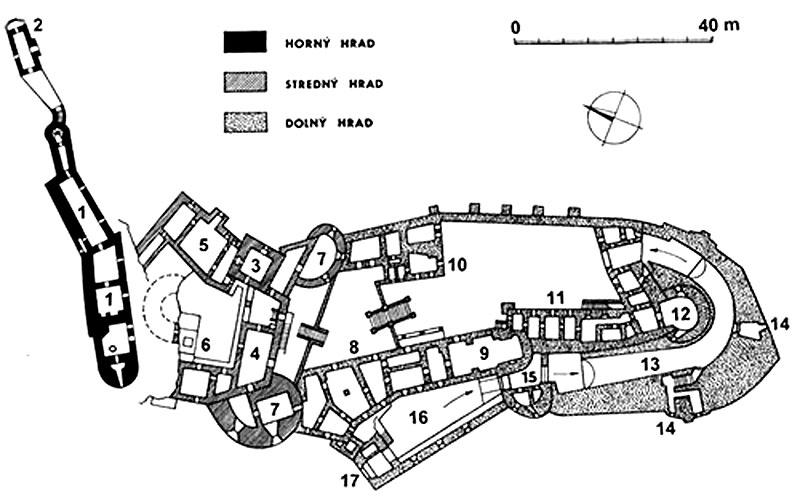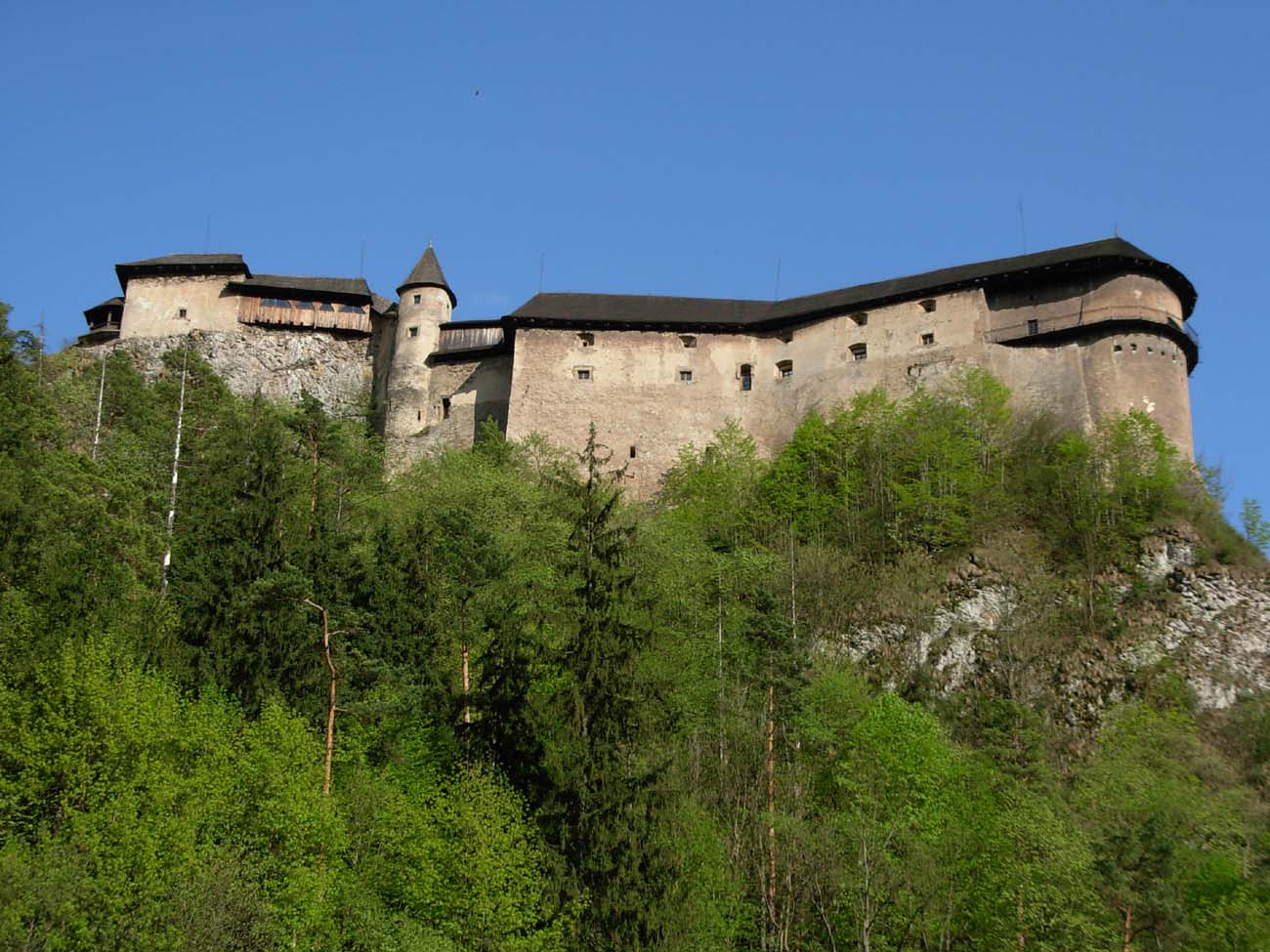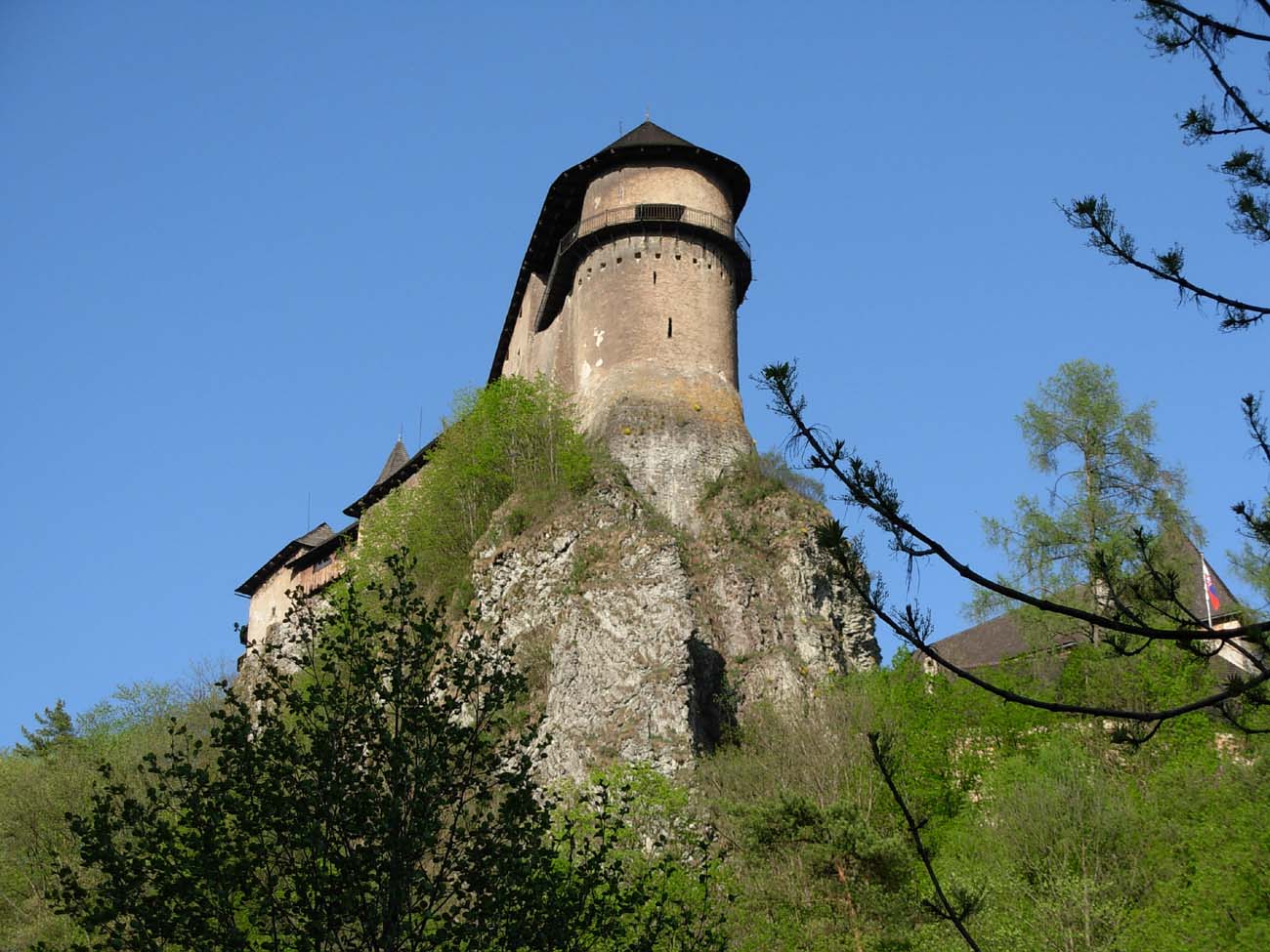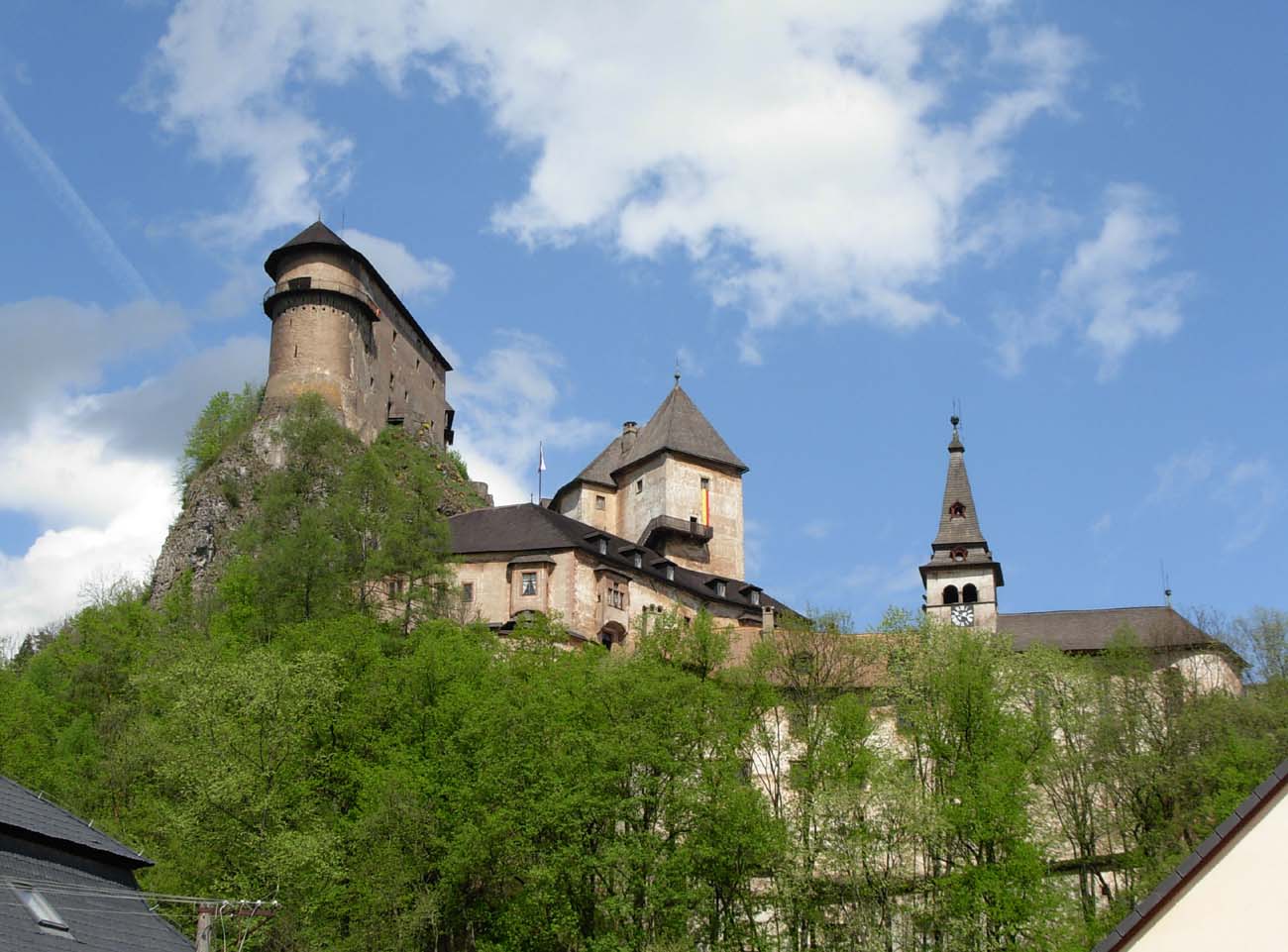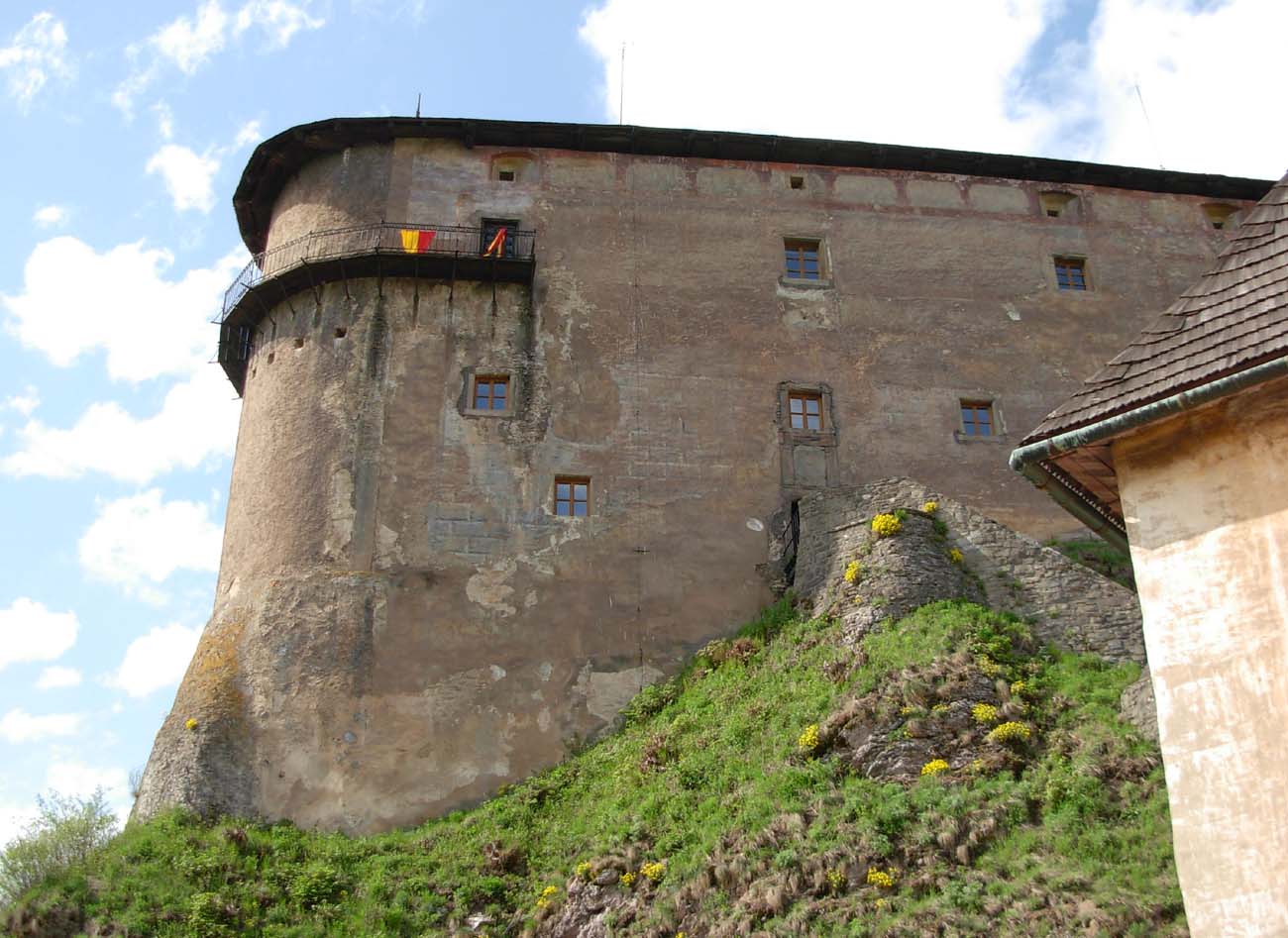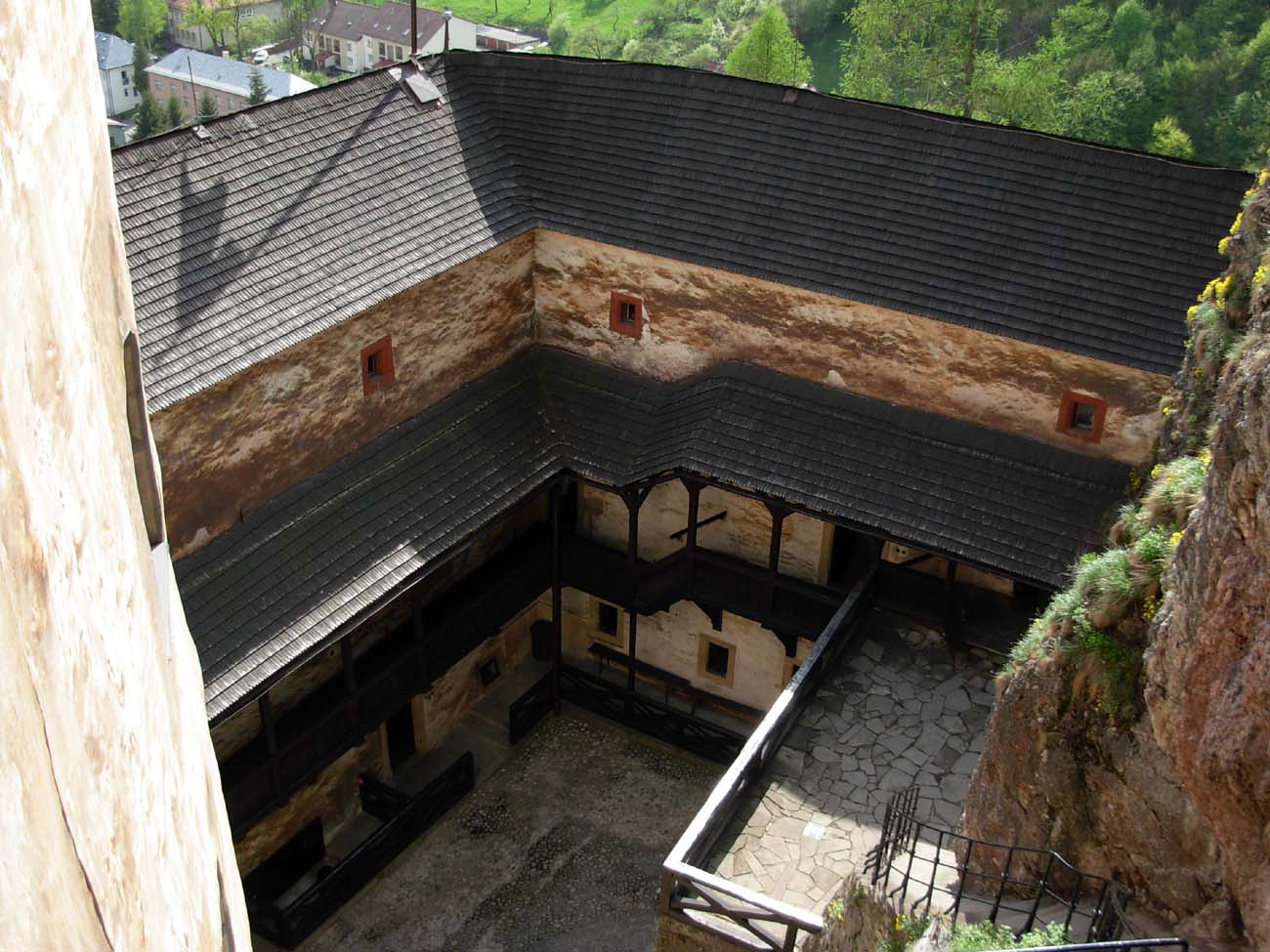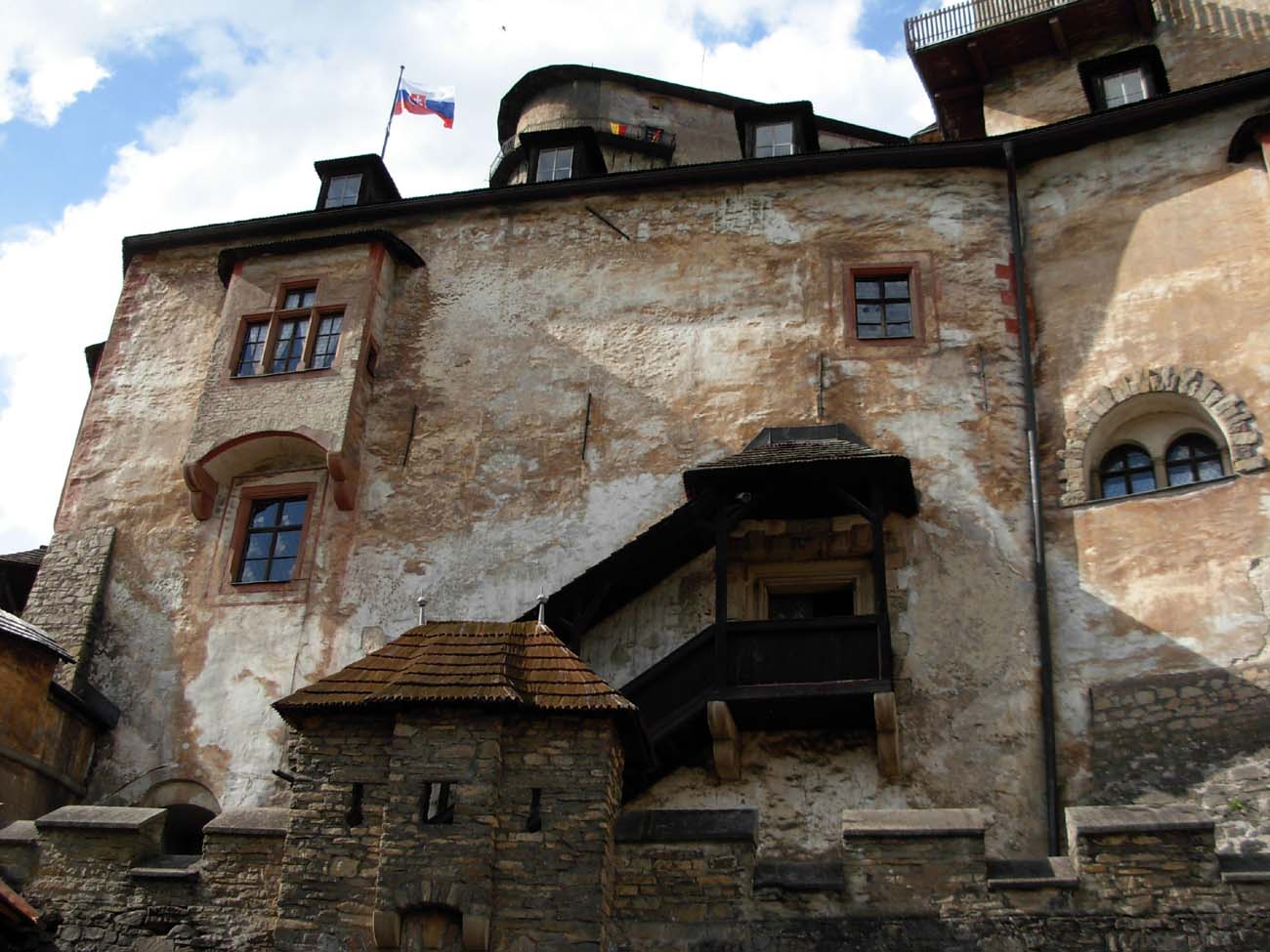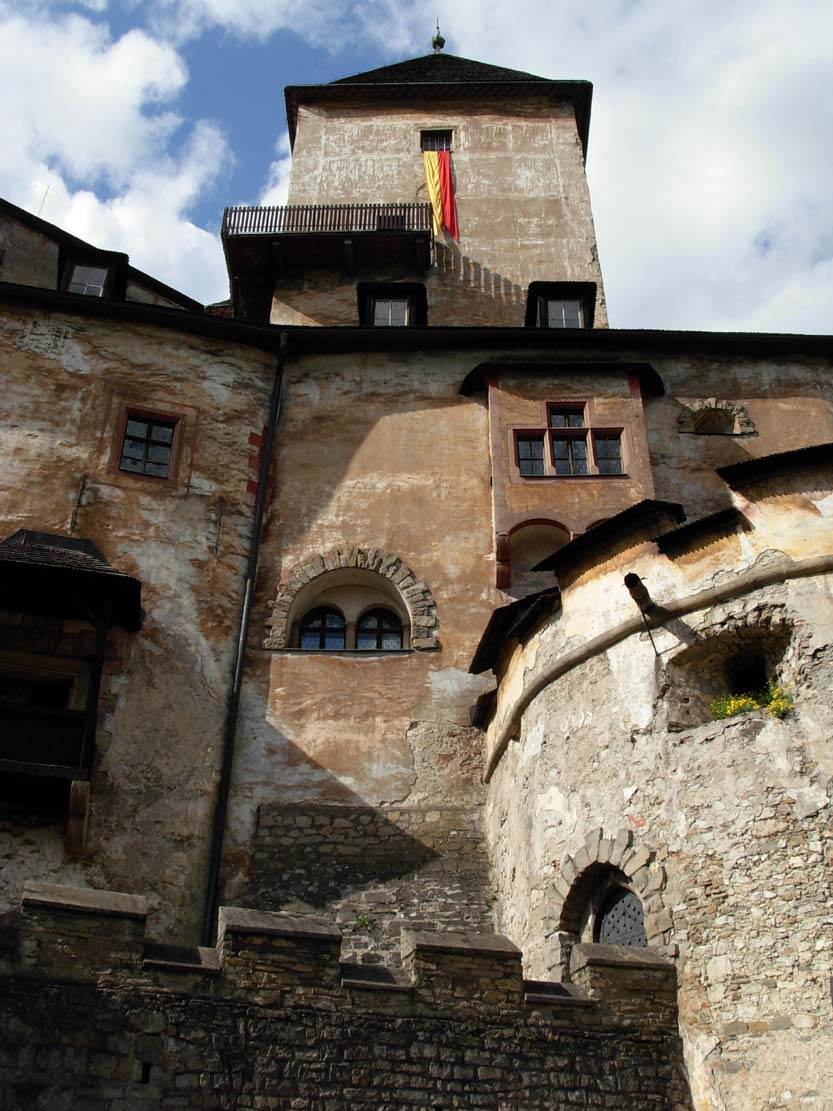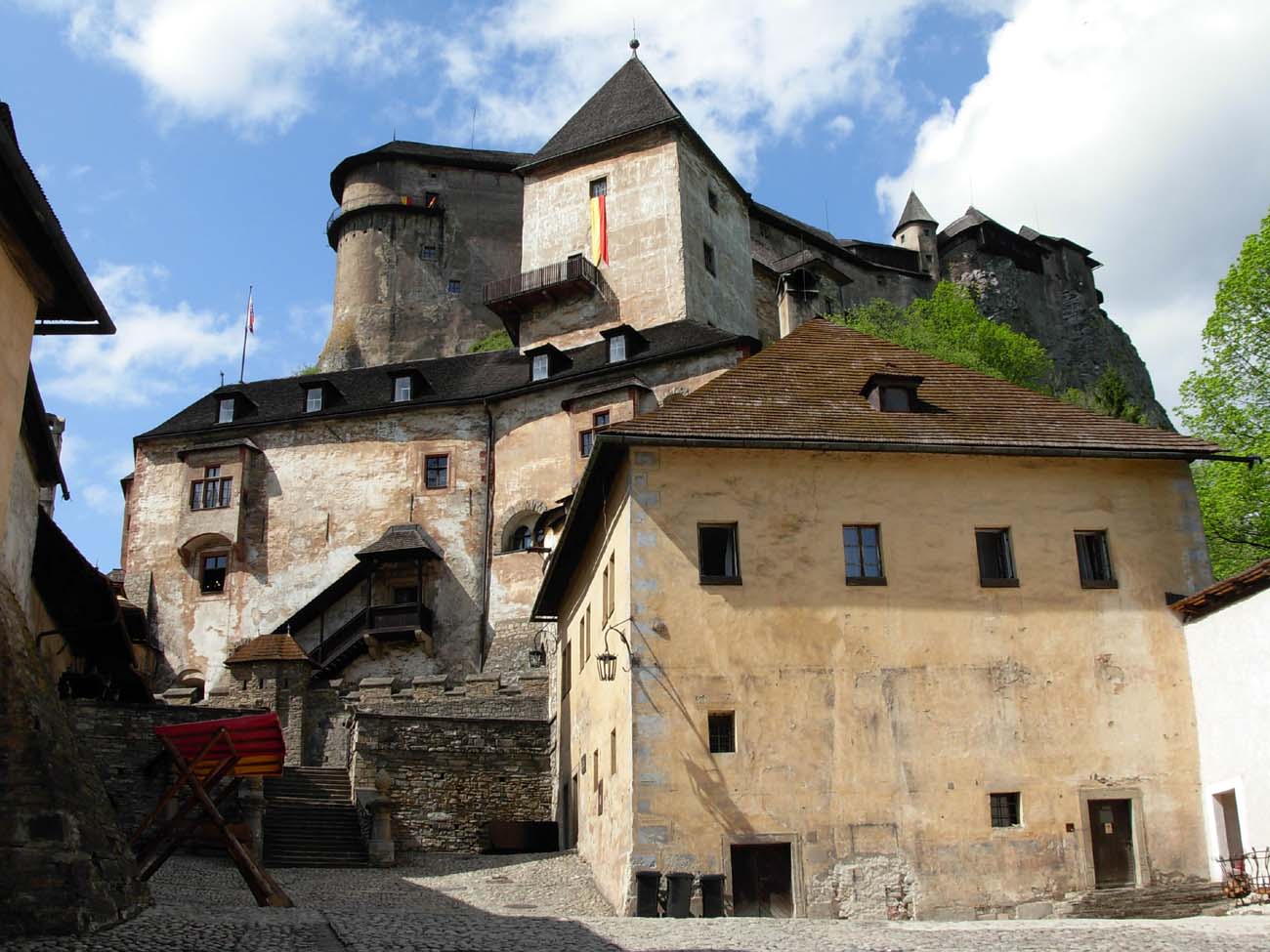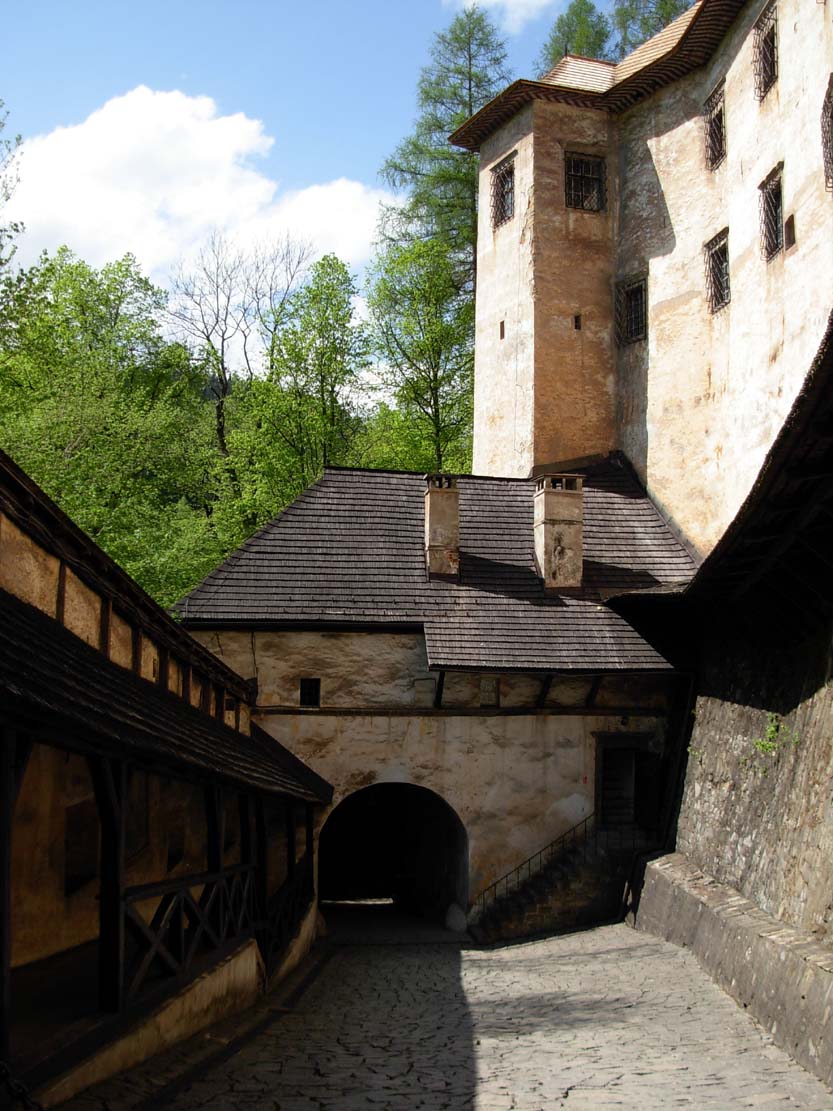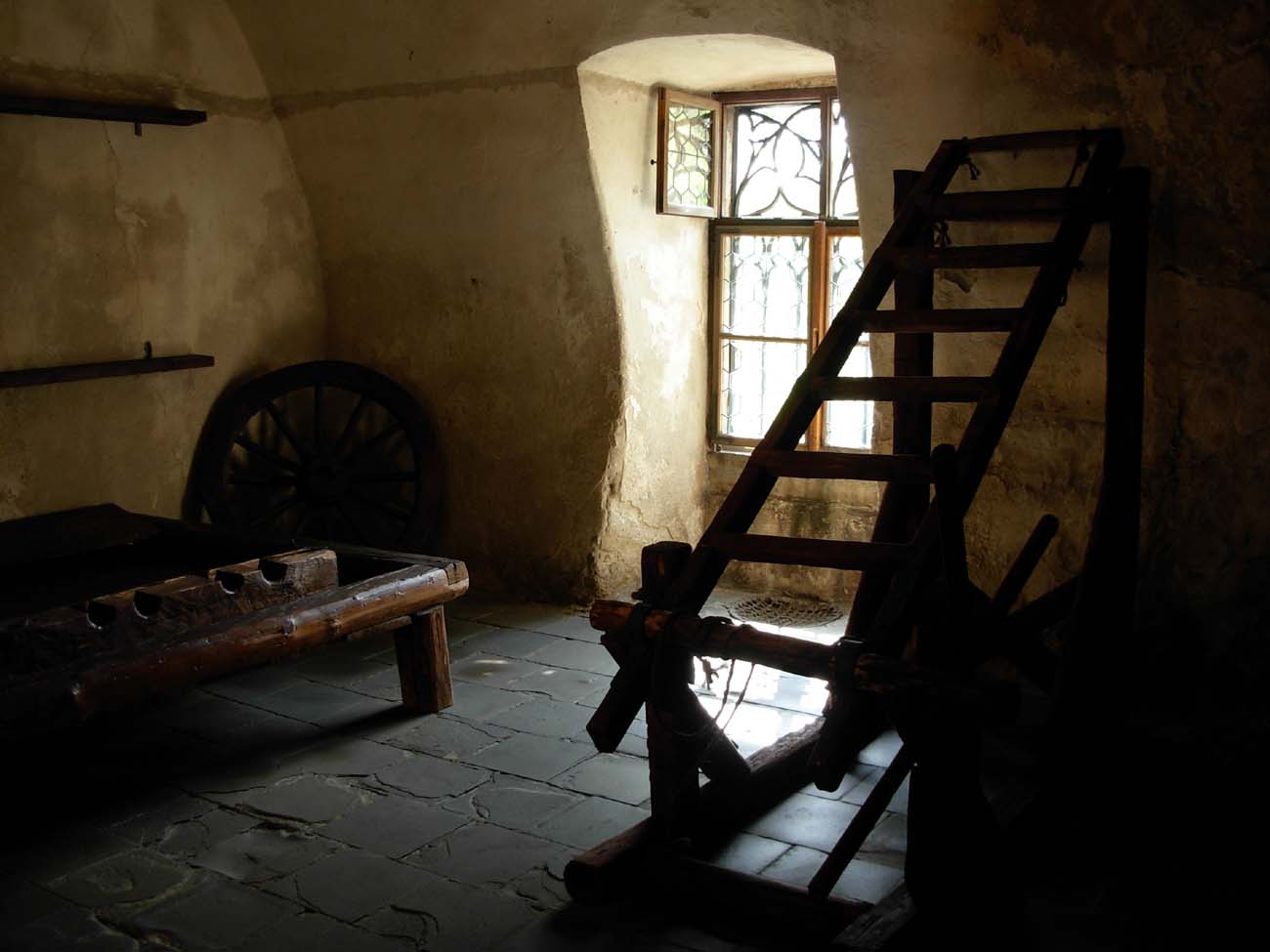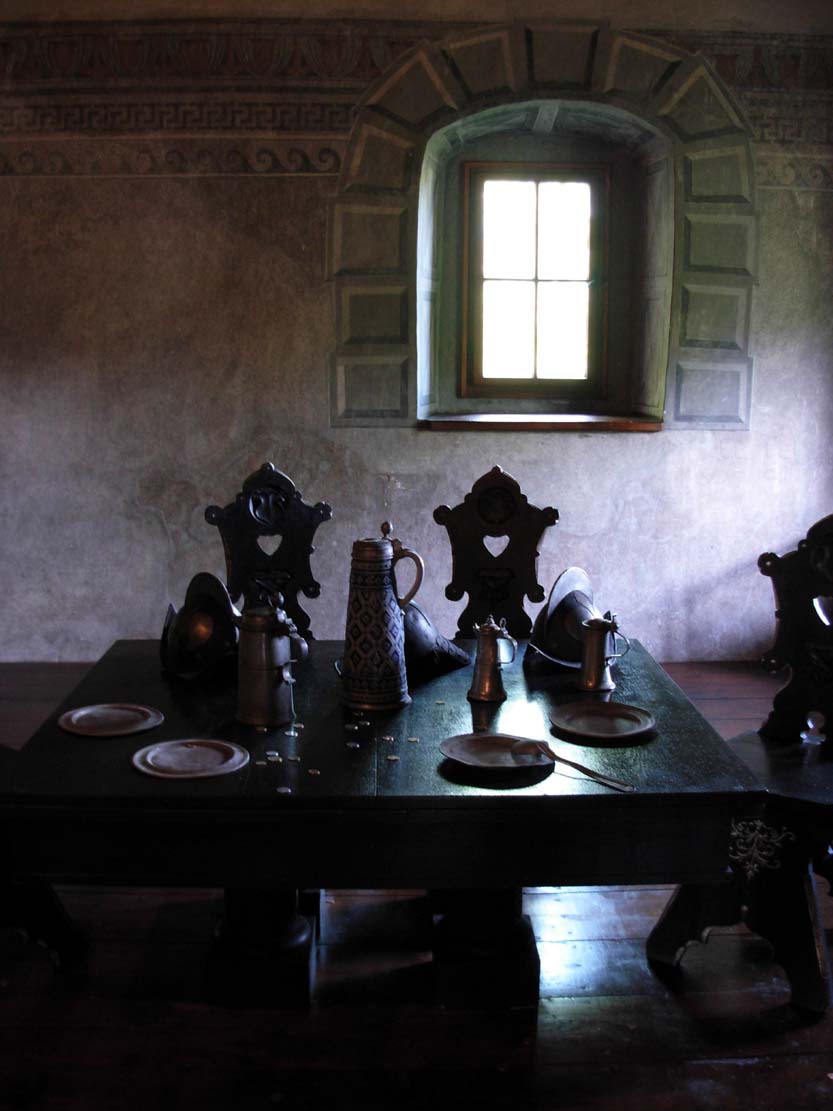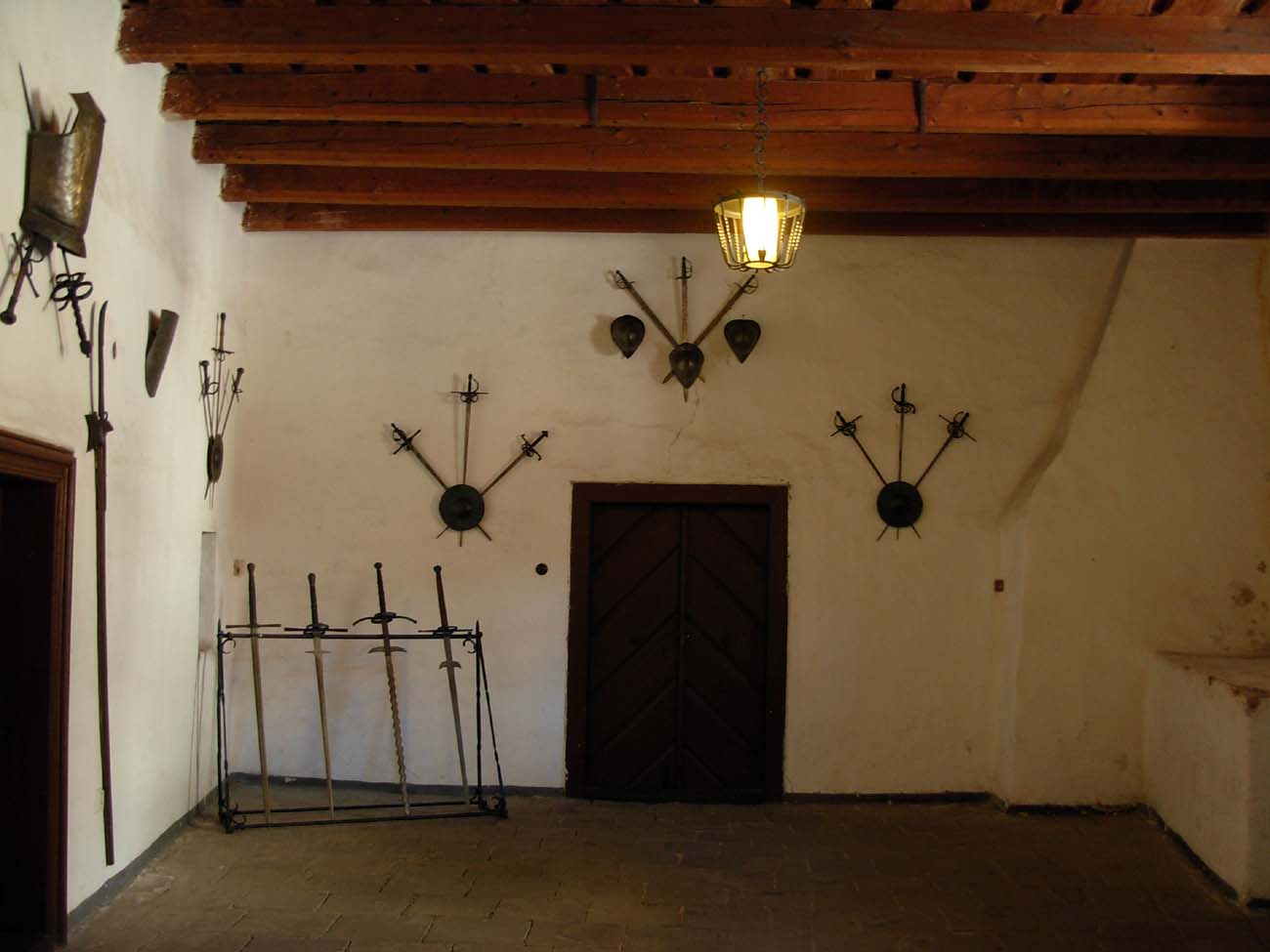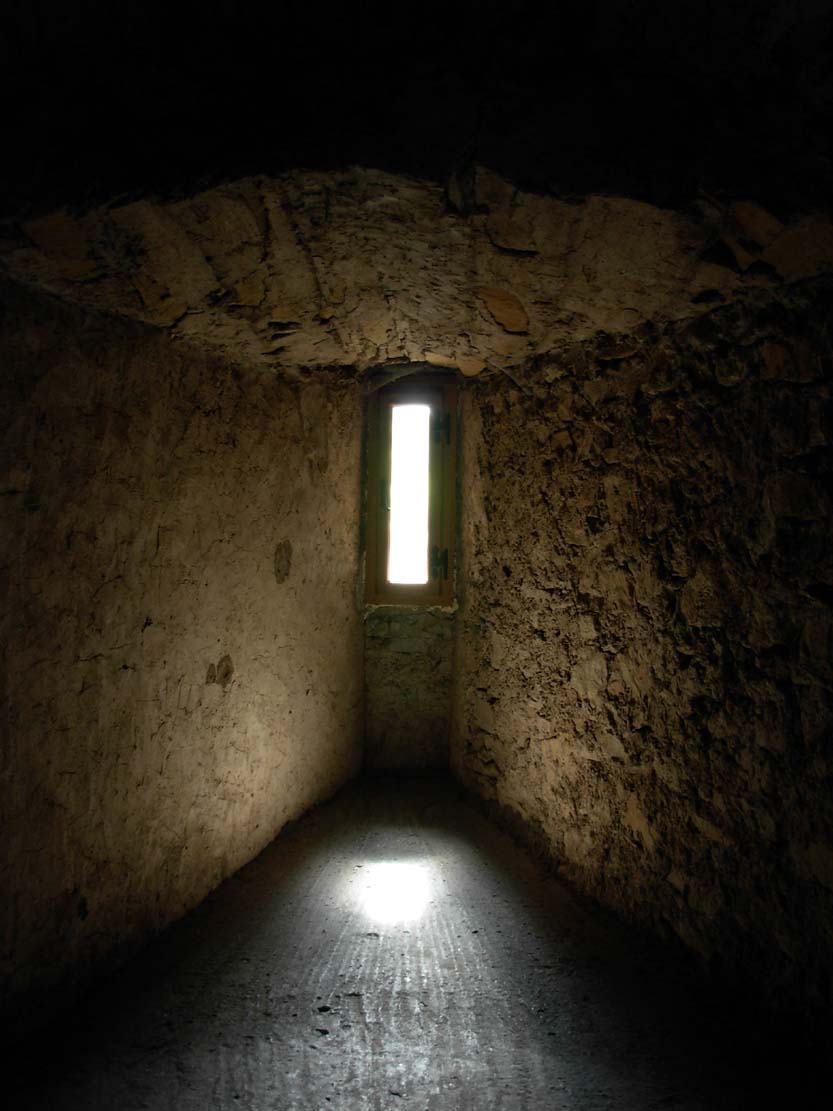History
Orava Castle was built around the mid-thirteenth century. The first record of it comes from 1267 and says about the takeover by Bela IV from Mika of the Balass family. The castle was then the northernmost stronghold of the Hungarian kingdom, guarding the important Via Magna trail, leading from the south towards Poland. On behalf of the king, the castle and its property were managed by the castellan, who at the same time was the commander of the castle’s crew. That was until 1298, when the castle got into the hands of the palatine Matthew Csák. After his death in 1321, the castle was taken over by Donch, a zupan of Zvolen and the largest Slovak nobleman during the reign of Charles I of Hungary. After the transfer of Donch to Komarno in the thirties of the fourteenth century, the castellans in the castle changed many times. Some of them also held the zupan office, which was associated with the promotion of the castle to the role of the capital of the county.
In 1420, the castle was given by Sigismund of Luxembourg to Stibor II Stibořic, son of the famous Hungarian magnate. He owned Orava until his death in 1434, in the meantime carrying out work on the expansion of the castle and then handing it over in pledge to the zupan Nicholas Balicki. It was a period of invasions of the Hussites and then troops of John Jiskra, supporting Ladislaus the Posthumous. The interests of Władysław III of Poland were defended in Orava by the Polish nobleman Piotr Komorowski, who had been an Orava castellan since 1441. The crew under his command survived all the sieges of Jiskra’s units. After the death of the king in Varna in 1444, Komorowski joined Jiskra, along with him fighting against John Hunyady and later Matthias Corvinus, eventually gaining in 1458 the offices of the Orava and Liptov zupan. When a part of the Hungarian nobility in 1471 proclaimed king of the Polish prince Kazimierz, Komorowski joined the rebels. The rebellion was suppressed and the rebel’s possessions confiscated. Komorowski also lost his castles, retaining only Orava, which he had to rebuy. After Komorowski’s death, the castle was taken over by king Matthias Corvinus.
In 1482, Liptov and Orava along with the dignity of the zupan of these lands, received the illegitimate son of Matthias, John. He did not inherit his father’s energy and talents, and he did not care for his possessions. Already two years later, he leased Orava to Horvath Kisevic, and soon the castle passed into the hands of Imre Zapolya. His brother, Stefan Zapolya, plotted constant intrigues against John, depriving him of further assets, including Orava. Castle returned to John in 1499, but after his death in 1504, as a result of the marriage of daughter Elizabeth to George Zapolya, the magnate family again took over the stronghold.
When in 1526 a civil war broke out against the Hungarian throne, archduke Ferdinand Habsburg donated the Orava Castle to Alexius Thurzo, a copper magnate from Banská Bystrica. However, it was an empty gesture, because the castle was not in hands of a donor. In 1535 the stronghold took the Polish nobleman Jan of Dębowiec (Dubovca), who made a significant expansion of his new seat. His successor was in 1545 a countryman, Wacław Sedlnicki. Eleven years later, however, he had to abandon the castle for compensation to Francis Thurzo, who contributed to the further expansion of the castle. In 1574, the castle was inherited by the George, 8-year-old son of Francis. During his absence, the affairs of the castle and castle’s properties were run by George Abaffy. At that time, another anti-Habsburg uprising broke out in Hungary. George Thurzo did not join to the insurgents and remained loyal to the emperor Rudolf II. As a reward for such an attitude he was gifted in 1606 with Orava with a castle and the dignity of a zupan. Henceforth this property was to be the estate of Thurzon family for many years.
In 1626, the co-owners of the estate were seven daughters of George, who established a “komposesorat”, that is a co-ownership of the land. The first estate administrator in the years 1626-1648 was Gaspar Illeshazy. Stefan Thököly, his successor, was charged of participation in the so-called Wesselényi’s plot against emperor Leopold I. Although he denied the accusations and pledged allegiance to the Habsburgs, he was deprived of his possessions. Thököly had to defend himself and became one of the symbols of the anti-Habsburg uprising. In 1670, the imperial army began the siege of the castle. After a few days, Stefan Thököly died, and the crew opened the gates of the castle, which was occupied by the armies of Francis Rakoczi. In 1672, for a few weeks, the castle was taken over by the troops of levée en masse, during the folk uprising of Kasper Pika. The castle was recaptured by the imperial general, count Johann von Sporck.
At the beginning of the 18th century, Hungary came under another anti-Habsburg uprising, headed by the Transylvanian prince, Francis II Rakoczi. In 1703, the Rakoczi army occupied entire Upper Hungary, including the Orava Castle. It lasted five years. From 1708, the imperial army began to recapture again the lost areas, and eventually Orava was also took over. The castle, staffed by Rakoczi’s supporters, defended itself until April 1709. After the peace between the insurgents and the Habsburgs, the administration of the castle returned to the hands of Thurzon’s heirs, but profits from the estate, as a result of the war devastation and the progressive escape of the population, were getting smaller.
In 1782, Nicholas Esterhazy was appointed to manage the co-ownership and in 1792 Francis Zichy. These administrators made some reconstruction, but the castle completely lost its defensive character. In 1800, a fire broke out and in a few days destroyed all timber parts of the castle. Francis Zichy secured only part of the lower castle against devastation, which survived in this state for 60 years. In 1868, thanks to the new administrator of Edmund Zichy, one of the first museums in Slovakia was organized in the castle. After the Edmund Zichy, Paul Esterhazy ruled in the Orava castle in the years 1894-1896. His successor Jozef Palffy undertook the reconstruction and renovation of the building. After the Second World War, the former German and Hungarian estates were nationalized in Slovakia, and the castle became the property of the state.
Architecture
The castle from the second half of the 13th century occupied the highest, elongated part of the rock top, and its external outline overlap with cliffs, completely preventing access from three sides. Initially, only the lower parts of the buildings were stone with a wall thickness of 1.2 meters, the upper floors were made of wood. The western part of the upper castle ended with a straight wall, its characteristic rounding was added only in the first half of the 16th century. In the east part of the upper castle there was a building, perhaps a tower-like character with a chapel inside. The area of today’s middle ward was occupied by a fortified, mostly timber outer bailey. Entry to it was defended by a huge, stone four-sided tower with dimensions of 10×9 meters connected to a perimeter wall. Its upper floors were also timber. Access to the middle ward was possible only through the stairs from the second outer ward (lower castle). There, economic buildings (stables, a forge, etc.) were located, initially protected by wood and earth fortifications. In front of the middle castle an even lower wall of zwinger could have been functioning, but it did not appear in stone form earlier than in the fourteenth century.
In the first thirty years of the fifteenth century, the lower ward received stone defensive walls in place of older wooden fortifications. Then in the second half of the fifteenth century, Corvinus built a new, representative, one-story palace in the western part of the middle castle. It had two short wings, it had a basement and some chambers had vaults. The first floor had a wooden porch connecting it with a four-sided tower (then also adapted for residential purposes), while the entrance to the palace led from the courtyard on the ground level. Between the tower and the palace there was a gate with a drawbridge, led to the mieddle ward. In the times of Corvinus, the lower ward was expanded, erecting, among others, the southern horseshoe tower (the so-called Archive Tower). It flanked the entrance gate (located in place of today’s third gate), before which a ditch was cut in the rock.
At the beginning of the 16th century, a semi-circular tower with embrasures was built in the western part of the upper castle, the existing buildings were rebuilt, the walls were strengthened on the north side and the eastern wing with a staircase was added. In the middle ward, on the site of the former zwinger until 1539, two round, multi-story cannon towers stood, housing a total of 11 artillery stands. Then in the years 1540-1545 a new, representative palace was built in the eastern part, which is still named after its founder Jan of Dubovec. Its high ground floor was partly put into the rocky ground and had vaults. Representative and residential floors received flat wooden ceilings and bay windows.
In 1543 a new gate was built, today’s the second gate, which western part has the form of a rounded tower. New defensive walls connected it with the existing gate of the lower castle, creating a long entry road, turning almost 180 degrees around the southern tower (Archives Tower). In the second half of the 16th century, the gate corridor was extended once again by erecting the first, westernmost gate, while the southern and south-western part of the wall were significantly thickened, giving the possibility of placing a casemates in it.
At the time of Francis Thurzo, the timber annexes eventually disappeared from the upper castle, and the already rotten, timber stairs to the upper castle were replaced with stone one. Francis also solved the problem of lack of water, for centuries troubling the Orava Castle. First, under the floor of one of the rooms of the upper castle, a tank was carved in rocks, through which water from roofs ran down through the gutter system. Subsequently, a 70-meter well was dug in the yard of the middle castle. The stones extracted from it were used in the construction of further objects, mainly on the previously poorly built courtyard of the lower ward. Along its western wall stood a series of multi-storey residential buildings, today called the Thurzon Palace. The stables were built in the lower part.
Current state
Today, the Orava Castle is a complex of medieval-renaissance and baroque buildings formed in the upper, middle and lower castle. The oldest part is the upper ward, which unfortunately suffered the most during the fire of the nineteenth century, so that it did not keep the original layout of the rooms. Below is the middle ward, where there is a four-sided tower and buildings of two medieval so-called palaces erected by Jan of Dubovec and Matthias Corvinus. The lowest is the lower ward with the Thurzon palace, the baroque church and the tower. Currently, the castle serves as a national memento and museum. The history of the castle itself is presented in it, but the Turzon epoch and the times of the co-ownership were shown in the most details. There is also a natural and ethnographic exhibition of Orava. Opening hours and ticket prices can be checked on the official website of the museum here.
bibliography:
Bóna M., Plaček M., Encyklopedie slovenských hradů, Praha 2007.
Wasielewski A., Zamki i zamczyska Słowacji, Białystok 2008.
